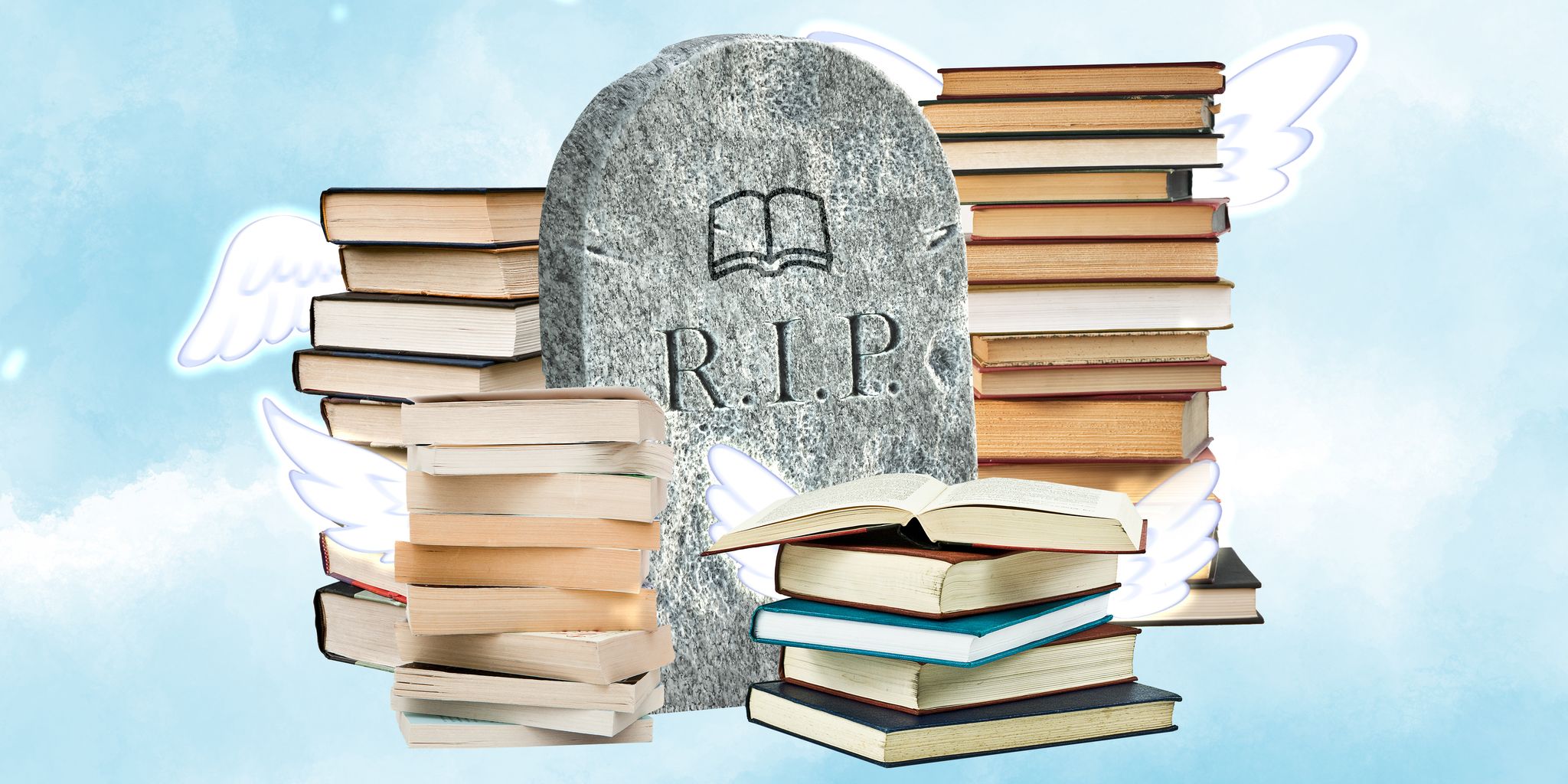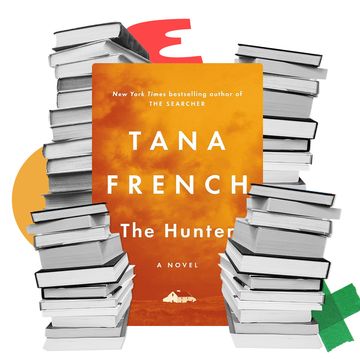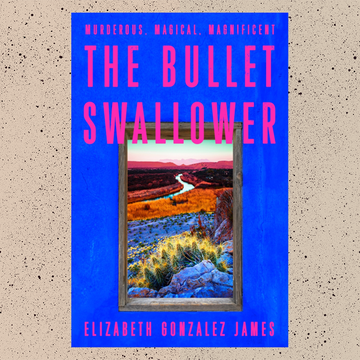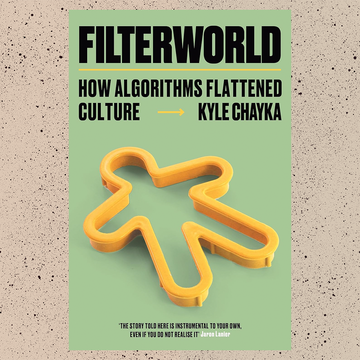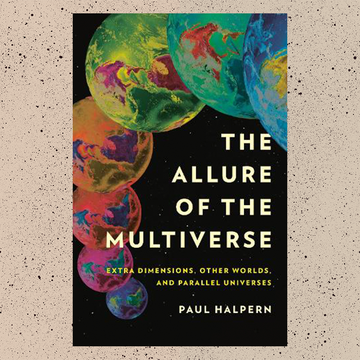Long before the legendary novelist Gabriel García Márquez died in 2014, he’d spent years working on a novella called Until August. A decade earlier, after finishing a fifth draft, he confided to his longtime assistant Mónica Alonso, “Sometimes books need to be left to rest.” Enter Cristóbal Pera, who had a long professional association with García Márquez (affectionately known as Gabo), having edited the author’s memoir, Living to Tell the Tale, and a collection of public speeches, I’m Not Here to Give a Speech. In 2010, Pera was summoned to help Gabo (who by this time suffered from dementia) with the unfinished novella still in need of an ending.
The novella, published this week by Knopf, remained unfinished in García Márquez’s lifetime, with the famed author telling his sons, Rodrigo and Gonzalo Garcia Barcha, “This book doesn’t work. It must be destroyed.” And yet now, almost ten years after their father’s death, Until August arrives to the public, rekindling questions both ethical and aesthetic about posthumous publications. In the book’s preface, the sons reveal that upon revisiting the manuscript, they were impressed that it was better than they’d remembered. They also concluded that their father’s “fading facilities that kept from finishing the book also kept him from realising how good it was.”
Their decision? “In an act of betrayal,” they write, “we decide to put his readers’ pleasure ahead of all other consideration. If they are delighted, it’s possible Gabo might forgive us. In that we trust.”
In 1986, John Updike wrote, “The propriety of publishing, as a commercial endeavour, what a dead writer declined to see into print is, of course, dubious.” Of course, we should consider people’s intentions—it’s why we write wills, as an agreement we make with the people who are left after we die. Now, should we adhere to those agreements when great literature might be lost? Therein lies the rub. But if it wasn’t a moral conundrum, I wouldn’t be sitting here writing about it.
Aesthetically, there is a long and distinguished historical record of posthumous books that are really good: The Confessions, by Jean-Jacques Rousseau; Persuasion, by Jane Austen; Billy Budd, by Herman Melville; The Love of the Last Tycoon, by F. Scott Fitzgerald, or The Diary of Anne Frank. “I think Garden of Eden and A Moveable Feast are some of the best things Hemingway ever wrote,” says author Jay Parini, one-time literary executor of Gore Vidal’s estate, of two of Ernest Hemingway’s posthumous works.
Literature surely would be poorer had these books not been published. And they aren’t merely curiosities for the interest of completists or scholars—they provide extraordinary aesthetic rewards on their own terms. Certainly The Confederacy of Dunces gave a lot of pleasure to a lot of people; in any case, it also proved an unrealised dream come true for John Kennedy Toole, who died in 1969 at the age of 31. His mother later found a smeared copy of the manuscript and tried unsuccessfully for years to get it published. Eventually, with the help of author Walker Percy, it was published in 1981 and became a cult classic. And think of how much enjoyment Stieg Larsson’s Millennium trilogy has provided for readers around the world. The Larsson saga is a sorry one; Eva Gabrielsson, Larsson’s longtime companion, was denied control of his estate, as Larsson desired, because under Swedish law, they were not married. Instead, after a contentious legal entanglement, Larsson’s father and brother became the de facto guardians of his work. Though Gabrielsson vehemently disagreed with Larsson’s relatives on how best to manage her late partner’s legacy, we have the estate to thank for the trilogy’s survival; when Larsson died suddenly of a heart attack at 50 years old, none of the novels had been printed.
How should we regard works, however, that the author didn’t want to see in print? “Most authors worth their salt will destroy their work if they don’t want it published,” says Parini. “Every writer knows that when you die, everything is fair game. Unless you’re an idiot. Even Salinger had to know that all those things he squirreled away all those years were bound, eventually, to come to light.”
Take the case of Franz Kafka, who wished that his unpublished work be burned. After the author’s death in 1924, his friend and executor Max Brod defied those wishes and published The Trial, The Castle, and Amerika. “It’s a good test case for the issues involved,” says novelist Robert Cohen, a professor of literature at Middlebury College who has taught Kafka for decades, “as there’s literally no one on the planet who thinks we’d be better off if Max Brod had torched them. You could argue that it’s the very lack of ‘completeness’ in those books that bothered Kafka that makes them so infinitely interesting and provocative for the generations that came after—especially as the impossibility of resolution and never-quite-getting there is what Kafka’s work is about.”
With Kafka, there’s some controversy over how serious he really was about his instructions to destroy the manuscripts, though he frontloaded his reticence about the publication of future works in a letter to his publisher Kurt Wolff in 1912: “I will always be much more grateful to you for returning my manuscripts than for publishing them.” But with Kafka, everything is an enigma, a riddle; he had strong masochistic tendencies (martyrology is a repeated motif in his work) and was, in any case, not just a perfectionist, but a world-class control freak (as you’ll see in his diaries, also published posthumously).
Consider Emily Dickinson, who published just ten poems in her lifetime; now, we have 1,800 of her poems in print. More than ethical concerns, the issue with Dickinson is that often, we’re confronted by multiple versions of the same poem. With posthumous publication, the question becomes: which poem do you publish and call an Emily Dickinson poem?
“Publication and print mean two very different things in Emily Dickinson’s world,” says Alex Socarides, a professor of English and Associate Provost at the University of Missouri, and author of Dickinson Unbound: Paper, Process, Poetics. “We’ve distilled what was a complicated and messy poetic practice into a version of print that would not really be familiar to her, had she had any authority over her publication.”
Dickinson had different modes of circulation, but primarily relied on correspondence. She circulated hundreds of poems in this way. When she died, she asked her sister Lavinia to burn her correspondence, as was typical of 19th century women. Lavinia did as requested, but she also found a trunk containing about 800 poems, called the “fascicles”: copied poems on folded sheets of paper that Dickinson sewed together, almost into little booklets. They looked different from the correspondence. There was a little more license for Lavinia to say: Did she really want me to burn these too?
“Posthumous publication for Dickinson means you have to make a whole lot of choices,” says Socarides, “but that’s why we have such a robust literary history. It’s such a rich story; it’s why I love teaching her. Sometimes she would add a poem in a separate piece of paper and add it in a letter. Sometimes she would break and just start writing a poem in the body of a letter; sometimes she’d be writing a letter and just move into poetic line without indicating that that’s what she was doing. And we only know that because that text of the poem appears somewhere else.
“I think she’s really playing with the boundaries of the poem all the time. Print doesn’t really allow for that. You think of an Emily Dickinson poem, and you think of this little nugget with all this white space around it. That’s not at all how she presented her poems.”
Dickinson knew what poetry looked like in print, but her practices indicate that she resisted it, embracing something much more hybrid and fluid than what the conventions of poetry publication would have allowed. We’re left with a complex, endlessly fascinating tapestry of an artist’s process and expression.
The estate of novelist Richard Wright faced a different set of circumstances when they decided to publish the original version of The Man Who Lived Underground, completed in 1941 at the peak of Wright’s creative powers (after Native Son and a few years before Black Boy). The Man Who Lived Underground saw print in Wright’s lifetime, but in an edited, sanitised form, as the bigotry of the publishing world prevented Wright’s book from reaching the public in the form he intended. When the Library of America published his original manuscript in 2021, the Wright estate saw it as “poetic justice.”
“Publishing back then was controlled by the need to keep readers in a comfort zone regarding racial ideas,” says the author’s daughter, Julia Wright, “hence the excision of the first 50 pages on the graphic police brutality of a forced confession. I view the particulars of the rejection of my father's original, ‘uncomfortable’ manuscript as a sort of elegant literary lynching that does not say its name. Or in legal terms, we would say a ‘Brady’ violation, where the stricken passages of a book could have been redeeming to its meaning.”
The Library of America edition, says Julia Wright, is a tribute to her father’s “clarity of vision, how unchanged our present is from his vision of our future, and to his confidence that those parts of his work that were buried would eventually resurface either through recycling them in new writings (for instance, from The Man Who Lived Underground to The Outsider), or thanks to new readerships moulded by new paradigms encountered outside of the U.S. It is what I would term his eco-approach to his own writing, and we respect that.”
Which brings us back to García Márquez. I asked Cristóbal Pera how he feels the novella fits into our understanding and appreciation of Gabo’s canon. “When I first read the manuscript of Until August,” says Pera, “I realised with amazement that it was the best possible ending to García Márquez’s body of work. The fact that he decided to write his last novel about a middle-aged woman who explores her sexuality and reclaims a space of freedom in a ‘man’s world’ seemed like a final statement, especially after Memories of My Melancholy Whores. It’s his first novel with a female protagonist, which is a departure and, at the same time, a closure to his narrative world.”
In a thoughtful editor’s note that accompanies the book, Pera describes the delicate task of completing the work, sensing Gabo’s presence standing over his shoulder. When asked how he handled the pressure of this sacred, tricky assignment, Pera says, “The pressure was natural because of the responsibility, and because of needing to make sure I worked only from the Word document kept by his secretary, and the final printed manuscript he considered his last draft. Needless to say, I didn’t have to add anything—just follow my editor’s training, as if he were sitting next to me. I had to make decisions about some options he left marked on the manuscript, delete some sentences that were struck through, and also make a few small changes to correct the timeline and character details. But he had left everything ready for a final editorial revision.”
Readers will determine the value of Until August, as well as the ethics behind the betrayal in its publication. As far as the morality of posthumous publications goes, I’ve come to view them on a case-by-case basis. Yes, the writer’s intentions should be honored whenever possible, but there should be no absolutes. Let’s face it: a certain amount of ruthless exploitation is endemic to the writer’s life in the first place. The writer always steals from life, and from everyone around them—Everything is copy, as Nora Ephron’s mother liked to say. It seems only fair that life sometimes steals from the writer too. Especially when they’re no longer around to complain.
